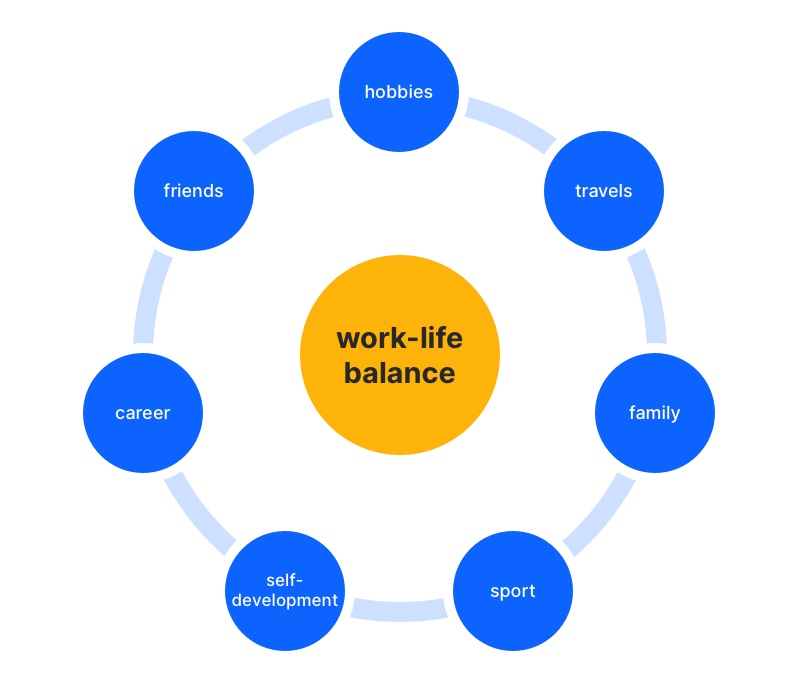Boosting Sales: 10 Effective Strategies for Your Business

It doesn’t matter whether you’re running a startup or managing a well-established company — boosting sales is one of the core goals of any business. In a fast-changing market, with rising competition and increasingly demanding customers, sales teams need to use effective strategies to attract new buyers and retain existing ones.
Sales is about more than just closing deals. It’s a process that requires understanding customer needs, communicating with precision, and adapting quickly to shifting circumstances. Businesses that take a strategic approach to sales don’t just boost revenue — they build long-term, loyal relationships with their clients.

10 proven techniques to help you increase sales
Now let’s get down to business. Here are 10 strategies that will be helpful in boosting sales, manage your team more effectively, and win over new customers:
1. SPIN Selling – The Power of Asking the Right Questions
Did you know that the way you conduct a sales conversation can make or break the outcome? In many cases, the reason a customer doesn’t buy has nothing to do with your product or price. It’s simply because no one asked the right questions. That’s where SPIN Selling comes in. One of the most powerful sales strategies for uncovering a customer’s true motivations and pain points.
When applied correctly, SPIN Selling lays the foundation for excellent customer service. By deeply understanding a buyer’s situation and offering tailored solutions, you show that your business prioritizes value and empathy over pressure and persuasion.
Even better, it creates a feedback loop: by asking the right questions early, you get the kind of insights most businesses only gather from customer feedback after the sale. That understanding allows you to adapt your offering, refine your message, and deliver an experience that fosters customer loyalty and can even encourage repeat purchases.
As one of the most versatile and adaptable sales strategies, SPIN Selling isn’t just about closing deals — it’s about opening relationships. And in today’s customer-driven market, that’s what leads to sustainable growth.
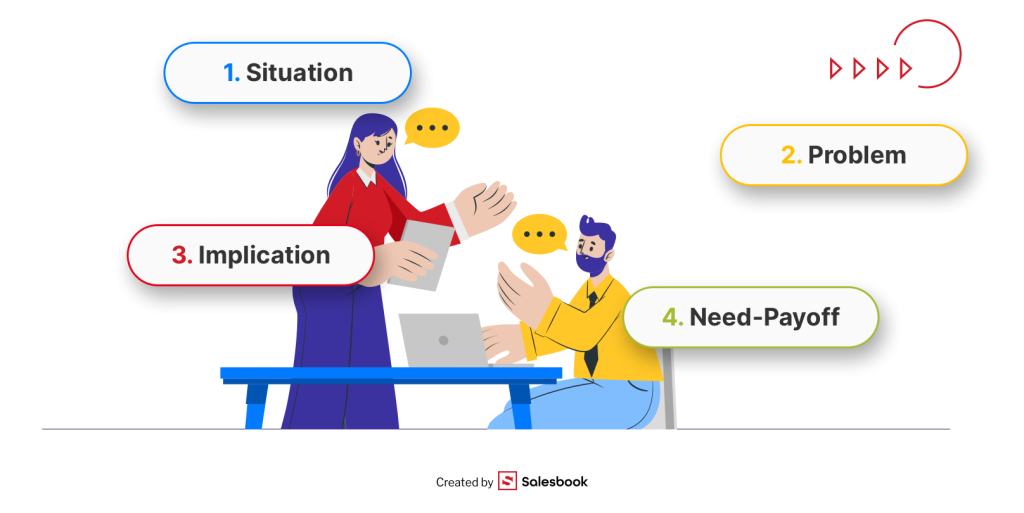
How to Ask Questions That Lead to a Sale
The SPIN Selling method, developed by Neil Rackham, is based on an in-depth analysis of over 35,000 sales conversations. What the research revealed is both powerful and surprising: the top-performing salespeople don’t push — they ask. Instead of aggressively convincing the customer to buy, they guide them toward their own realization that they need the product or service.
SPIN stands for four essential types of questions:
- Situation – Understanding the customer’s current state.
- Problem – Identifying the challenges that are holding them back.
- Implication – Helping them grasp the consequences of leaving those problems unresolved.
- Need-Payoff – Demonstrating the value your solution brings to the table.
When used well, SPIN questions can:
- Guide potential clients through the buying journey with confidence.
- Reveal which needs matter most to them — and why.
- Position the salesperson as a trusted expert, making the customer feel more secure in their decision to buy.
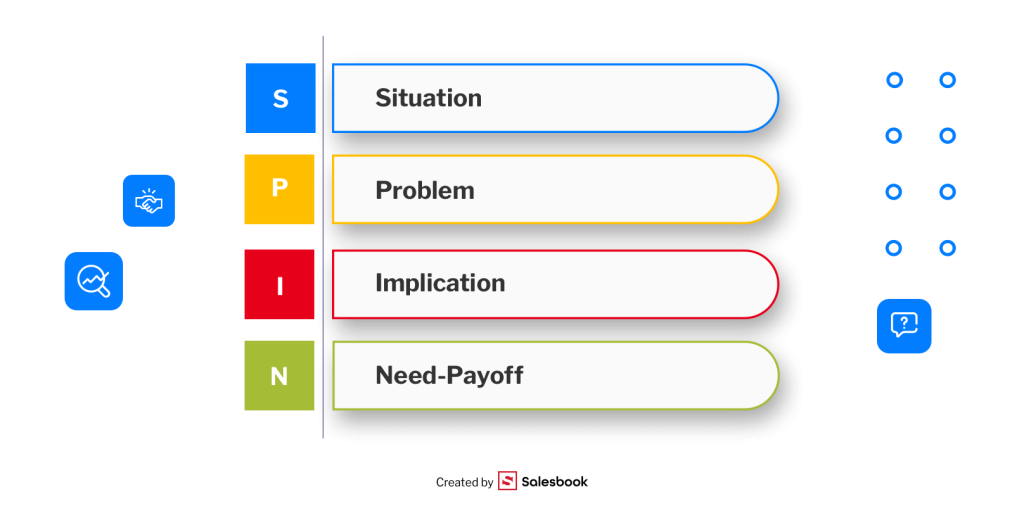
SPIN Question Examples for Different Industries
Every industry has its nuances, and sales techniques should be adjusted accordingly. But SPIN Selling works across the board — whether you’re selling B2B, B2C, or hybrid models. Here are some tailored question examples for various audiences:
Technology (SaaS, SalesTech, CRM)
- Situation: “How does your team currently manage lead generation?”
- Problem: “Do your reps waste time manually logging reports?”
- Implication: “If each rep spends two hours a day on reporting, that adds up to the equivalent of 10 full-time roles per year. Is that affecting your sales performance?”
- Need-Payoff: “Our sales enablement platform automates reporting so your team can focus on closing more deals.”
E-commerce & Retail
- Situation: “How many of your online shoppers abandon their carts?”
- Problem: “Are you seeing a lot of traffic on your website, but not enough purchases?”
- Implication: “If 70% of users are abandoning their carts, you’re leaving a big chunk of revenue on the table. Do you have a retargeting strategy in place?”
- Need-Payoff: “Personalized sponsored ads can boost your conversion rate by up to 30%.”
2. Challenger Sale – When Salespeople Become Advisors and Educators
Are your sales reps focused solely on meeting customer expectations? If so, they might be missing out on real opportunities to drive growth. Research shows that the most successful salespeople aren’t order-takers — they’re challengers. They disrupt their customers’ thinking and push them to reevaluate how they do business.
That’s the core of the Challenger Sale approach. Instead of simply responding to known needs, the salesperson helps the customer uncover hidden pain points and introduces new, better ways of solving them.

Why Challenging Your Customers Works Better Than Meeting Their Expectations
Traditional sales models revolve around tailoring an offer to what the customer says they need. But here’s the catch — in many cases, customers don’t actually know what they need. The Challenger Sale flips the script. It’s not the customer leading the way — it’s the salesperson who guides the journey.
There are three essential pillars of the Challenger approach:
- Teach – Offer fresh insights and perspectives that the customer hasn’t considered.
- Tailor – Customize the solution based on the client’s real business challenges, not just surface-level needs.
- Take Control – Assertively lead the customer through the buying process, helping them make decisions with clarity and confidence.
Research by CEB (now Gartner) found that 40% of top-performing B2B salespeople are “Challengers” — professionals who challenge assumptions, reframe thinking, and introduce better ways of doing business (source: The Challenger Sale).
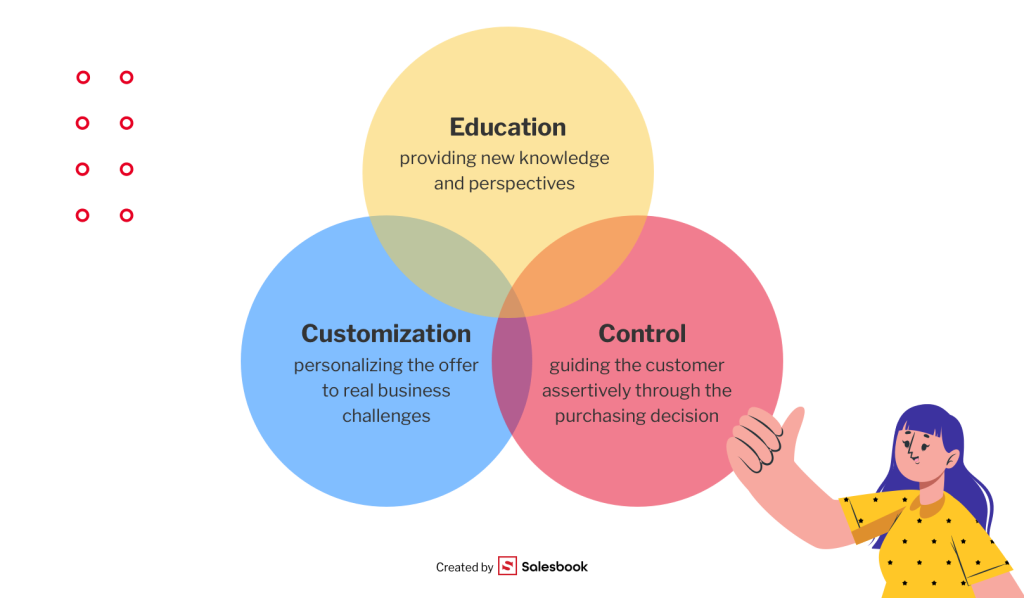
How to Educate Customers Effectively and Earn Their Trust
a) Shift the Customer’s Thinking
Don’t just sell a product — sell a new way of solving problems.
Instead of saying, “Our CRM helps you manage your contacts,”
say something like, “85% of companies lose customers due to poor lead management. How is that impacting your sales?”
b) Back Your Claims with Hard Data
Avoid vague promises. If you want to persuade a customer, show them clear, relevant numbers that support your point.
Examples:
- “Clients using automated SalesTech systems increase their sales by 32%.”
- “Companies that adopt the Challenger Sale approach see 54% higher conversion rates compared to those using traditional methods.”
c) Challenge False Assumptions
Your job isn’t to agree with everything the customer says. It’s to help them see things they may have overlooked.
Try this:
- Identify the myth: “We don’t need sales automation in our company.”
- Challenge the assumption: “Did you know your sales team spends 70% of their time on admin tasks?”
- Offer the solution: “Our system cuts reporting time from two hours a day to just 20 minutes.”
d) Lead the Conversation with Confidence
A strong Challenger salesperson isn’t afraid to steer the conversation — they don’t let the customer fully dictate the process.
How do you take control?
- Ask questions that logically lead the buyer to see your solution as the best fit.
- Don’t be afraid to say “no” — if the client asks for a discount, explain why the product is worth the full price.
- Always close with clarity: “Do you see how this solution could help increase sales in your business?”
3. Value-Based Selling – Selling Solutions, Not Just Products
Today’s buyers aren’t interested in simply purchasing products — they want to invest in solutions that bring real, measurable value. That’s the heart of Value-Based Selling: a sales strategy centered around the impact your product or service has on your customer’s business.
Traditional sales approaches often highlight features and functions. Value-Based Selling takes it further. It connects your offer to business outcomes, time savings, and increased revenue, showing customers how your solution moves the needle in their world.
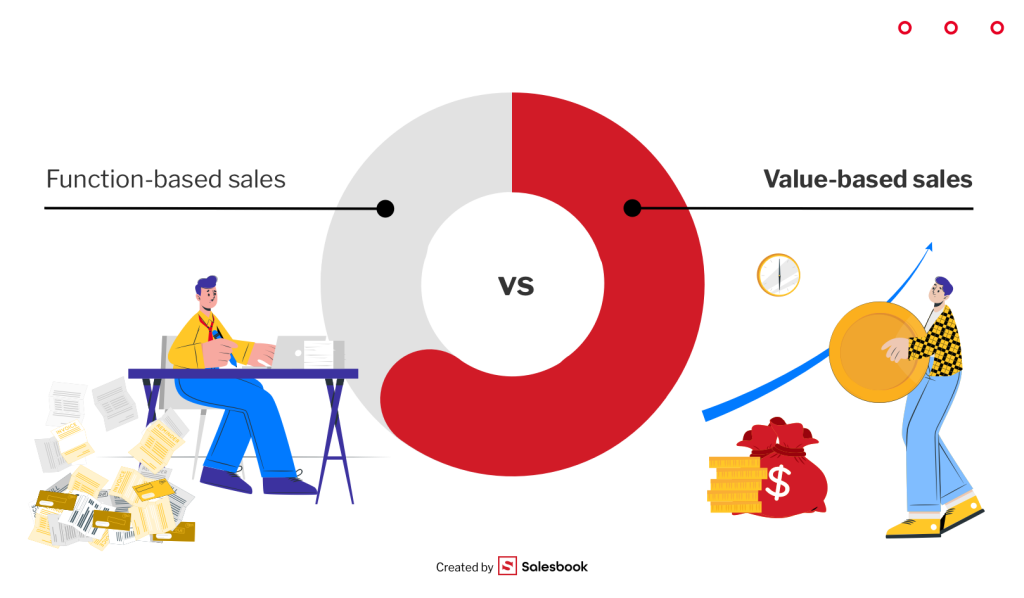
How to Turn a Product into a High-Value Investment
To sell on value effectively, you must be able to answer one key question:
How does my product solve a critical customer problem, and what measurable business impact does it create?
a) Understand the Customer’s Real Challenges
Customers don’t buy just to own something — they buy to solve a pain point.
Ask questions like: “What are the biggest challenges your team is facing in [the area you address]?”
This helps position your solution as a targeted, relevant answer to a pressing issue.
b) Translate Value into Numbers – ROI and Cost Savings
Don’t just talk about features. Quantify the benefits.
Instead of saying: “Our CRM is easy to use,”
say: “With our CRM, your sales reps can save 10 hours a week — that’s 40 extra hours each month focused on active selling.”
c) Tailor the Message to Your Audience
Not every stakeholder values the same outcomes. A CEO looks for revenue growth and return on investment. Your sales manager cares more about team productivity. A CFO zeroes in on cost control.
- For the CEO → “This product will help increase your revenue by 30%.”
- For the CFO → “This solution will reduce operational costs by 20%.”
- For the sales team → “Your reps will close 15% more deals each month.”
d) Use Case Studies and Social Proof
Don’t say: “We’re the best on the market.”
Instead, let your results do the talking: “Companies that implemented our solution increased their sales by 35% in just six months.”
When prospects see others achieving real results, they’re far more likely to believe in your value.
4. Consultative Selling – Guiding Instead of Pitching
Today’s buyers are tired of being bombarded with aggressive ads and empty promises. Consultative Selling flips the script — it focuses on building long-term relationships instead of chasing one-off transactions. In this model, the salesperson becomes a trusted advisor, someone who helps the customer find the best possible solution for their specific business needs.
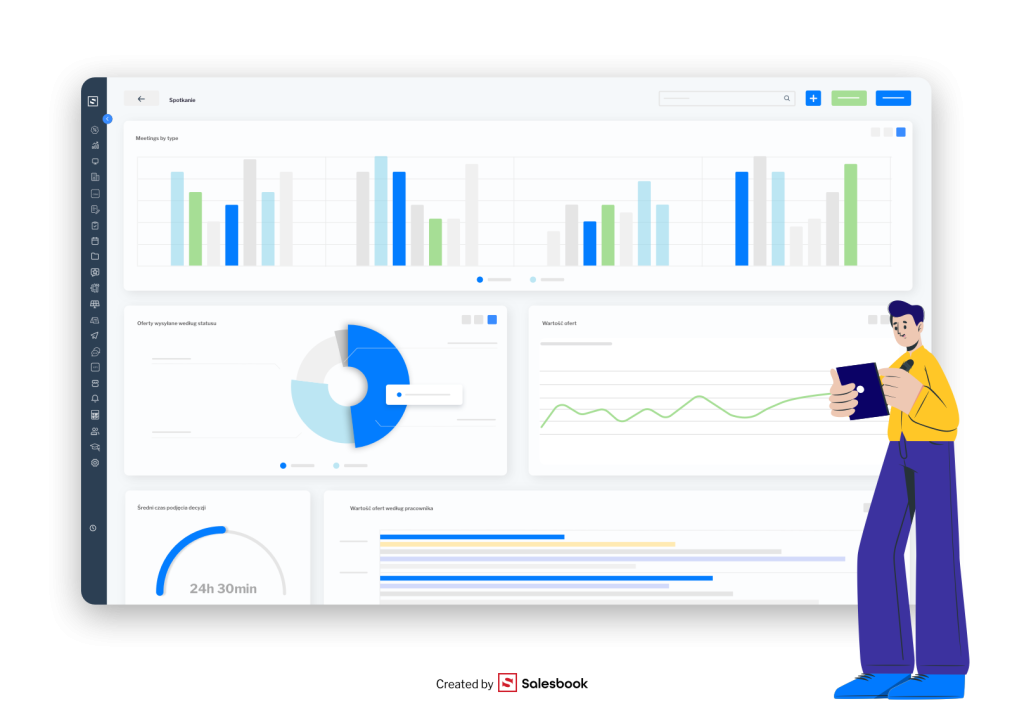
How to Build Long-Term Relationships Instead of One-Time Deals
Consultative Selling works because buyers value people who genuinely understand them. In fact, research shows that 84% of customers are more likely to buy from companies that demonstrate a deep understanding of their challenges (source: Salesforce).
Here are the three pillars of a successful consultative sales approach:
- Listening and analysis – Understanding the customer’s challenges before jumping in with a solution.
- Personalizing the offer – Tailoring the proposal to match the customer’s real business needs.
- Adding value through follow-up – Staying engaged even after the sale to build trust and loyalty.

What Questions Should a Sales Consultant Ask?
The right questions are key to understanding the client’s pain points and offering a solution that truly fits. Here’s a breakdown by stage:
a) Opening Questions
- “What are the biggest challenges your company is currently facing?”
- “What made you start looking for a new solution?”
b) Discovery Questions
- “How are your current solutions impacting your sales results?”
- “Which internal processes do you feel need improvement?”
c) Decision-Driving Questions
- “What would need to happen for you to move forward with this solution?”
- “Can you see how this would increase your sales and streamline your sales process?”
5. Social Selling – How LinkedIn and Social Media Can Drive Sales
Did you know that 78% of salespeople who actively use LinkedIn outperform their peers? (source: LinkedIn Sales Solutions). That’s not a coincidence — it’s the result of a shift toward Social Selling, a modern sales strategy that leverages social media platforms to build trust, create authentic customer interactions, and generate sales through connection rather than pressure.
Unlike traditional cold outreach or generic advertising, Social Selling aligns with today’s customer journey, where buyers conduct research, compare options, and seek recommendations before ever speaking to a salesperson.
Social Selling blends the best of solution selling with the reach of social media marketing. It allows you to position yourself as a problem-solver, not just a seller. By sharing insight-driven social media posts, engaging in relevant conversations, and using marketing channels like LinkedIn or Twitter to distribute valuable content, you stay visible and credible in your niche.
The result? Higher-quality customer acquisition, warmer leads, and a sales process that feels more like a conversation than a pitch. Over time, consistent engagement leads to word of mouth referrals, inbound interest, and stronger relationships — all built on value, not volume.
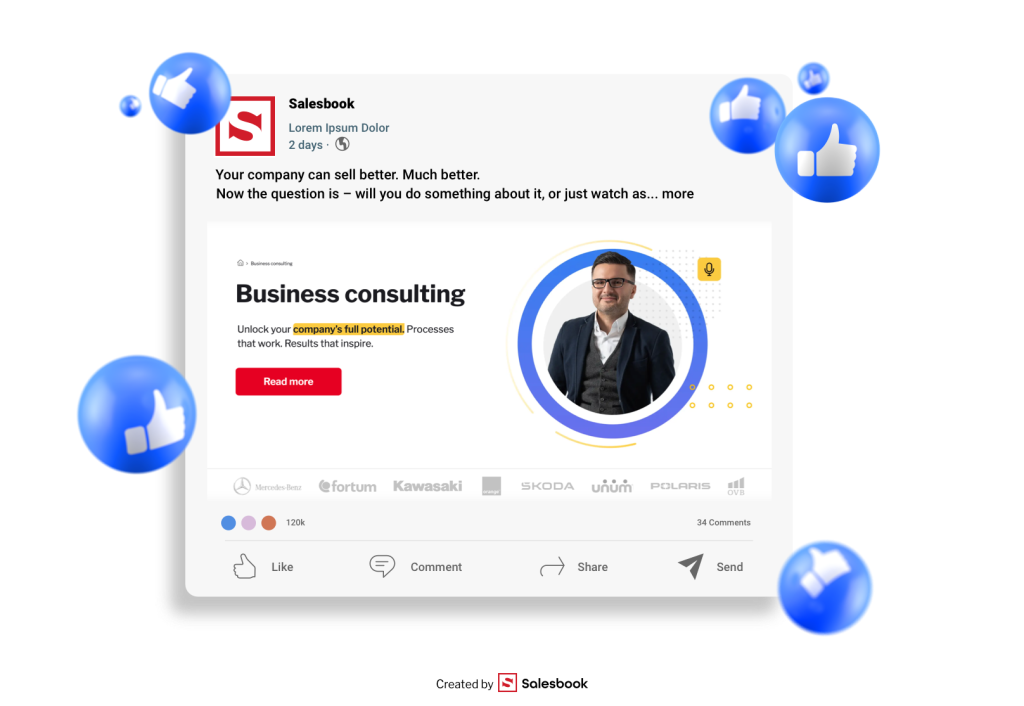
How to Build a Personal Brand and Win Clients on Social Media
Social Selling is about attracting customers with value, not pressure. It’s built on four core elements:
- Profile optimization – Think of your LinkedIn profile as your digital storefront. Make sure it includes a professional photo, a standout headline, and testimonials from clients that build credibility.
- Sharing valuable content – Don’t pitch — educate. Regularly post articles, case studies, and industry insights that speak to your audience’s real problems.
- Engaging in conversation – Comment on posts, answer questions, and join relevant discussions to boost visibility and position yourself as a thought leader.
- Relationship building through private messages – Don’t jump into the pitch. Start by finding common ground, offering value, and only then introducing a conversation about your solution.
6. Inbound Selling – How to Attract Customers Through Online Marketing
Traditional sales methods like cold calling are becoming less and less effective. Buyers today prefer to educate themselves and make informed decisions at their own pace. That’s why, instead of chasing leads, it’s smarter to build a strategy where the leads come to you. Inbound Selling is all about creating valuable content — such as blogs, case studies, and how-to guides — and using digital marketing to naturally attract more customers from your target audience.
By answering real questions and offering helpful insights, you position your business as a trusted advisor — making it easier for customers to buy when they’re ready. This approach not only drives new sales, but also helps save money compared to traditional outbound efforts.
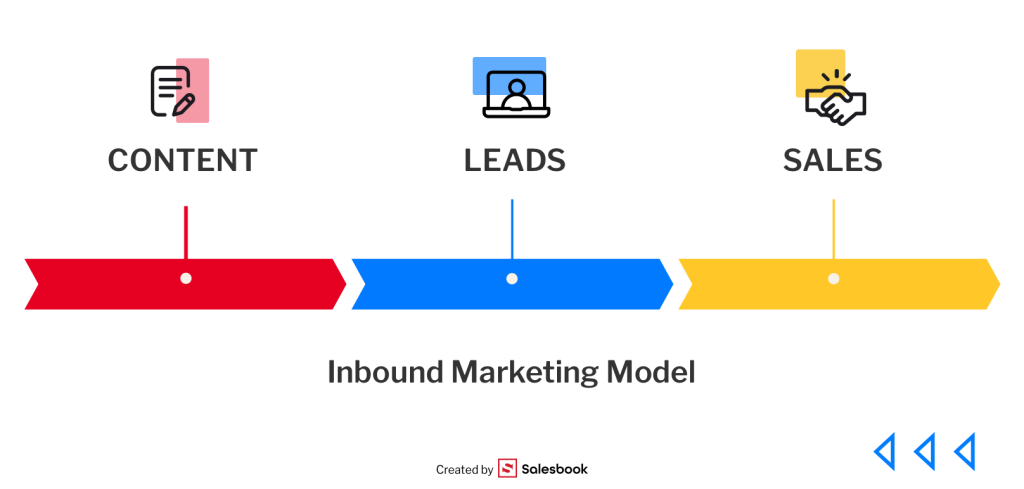
Content Marketing That Draws Buyers In
The foundation of Inbound Selling is content marketing — creating helpful, insightful materials that address your customers’ questions and needs. To be effective, content must be useful, educational, and optimized for search engines. Blog posts, guides, case studies, and industry reports all help position you as an expert and encourage your audience to engage with your brand.
SEO and Paid Ads as Part of the Inbound Strategy
Publishing content isn’t enough — it also needs to be discoverable. That’s where SEO comes in. By optimizing keywords, meta descriptions, and internal linking strategies, you make it easier for customers to find you when they’re actively looking for solutions.
Alongside SEO, you can use paid ads like Google Ads or LinkedIn campaigns to reach your ideal buyers faster. Combining educational content with targeted advertising increases your chances of capturing leads and directing them to a product page or high-converting landing page.

7. Account-Based Selling – How to Win Over Strategic Clients
Not every company needs high-volume lead generation. When it comes to large, high-value accounts, quality beats quantity. Account-Based Selling (ABS) is a focused sales and marketing approach where you zero in on a small number of high-potential companies and craft hyper-personalized outreach tailored to their structure, goals, and specific challenges.
How to Build Personalized Offers for High-Value Clients
To succeed with ABS, you can’t rely on one-size-fits-all pitches. You need to create customized proposals that reflect a deep understanding of each client’s business model, internal dynamics, and strategic objectives.

a) Identify Your Most Valuable Accounts
Rather than spreading your resources thin, focus on a select group of clients who:
- Have the highest purchasing potential.
- Perfectly fit your business model.
- Could become long-term strategic partners.
b) Conduct Deep Research and Client Analysis
To deliver true personalization, you need more than just surface-level info. Dive deep into the company’s operations, decision-making processes, and pain points.
How to do it:
- Review financial reports, industry publications, and keynote talks by company leaders.
- Identify decision-makers and understand what drives their priorities.
- Pinpoint how your solution can help address their most pressing business challenges.
c) Craft a Tailored Offer
Unlike traditional sales, where you send the same pitch to everyone, ABS requires a unique offer for each target account. Here’s what that might look like:
- Customize your language and messaging – Show that you truly understand their industry-specific challenges.
- Include a relevant case study – Highlight how you helped a similar company solve comparable issues.
- Present clear, quantified benefits – Estimate how much revenue they could gain, what costs they could cut, or which processes you can help them streamline.
When done right, Account-Based Selling isn’t just about landing a deal — it’s about laying the foundation for a long-term, high-value business relationship.
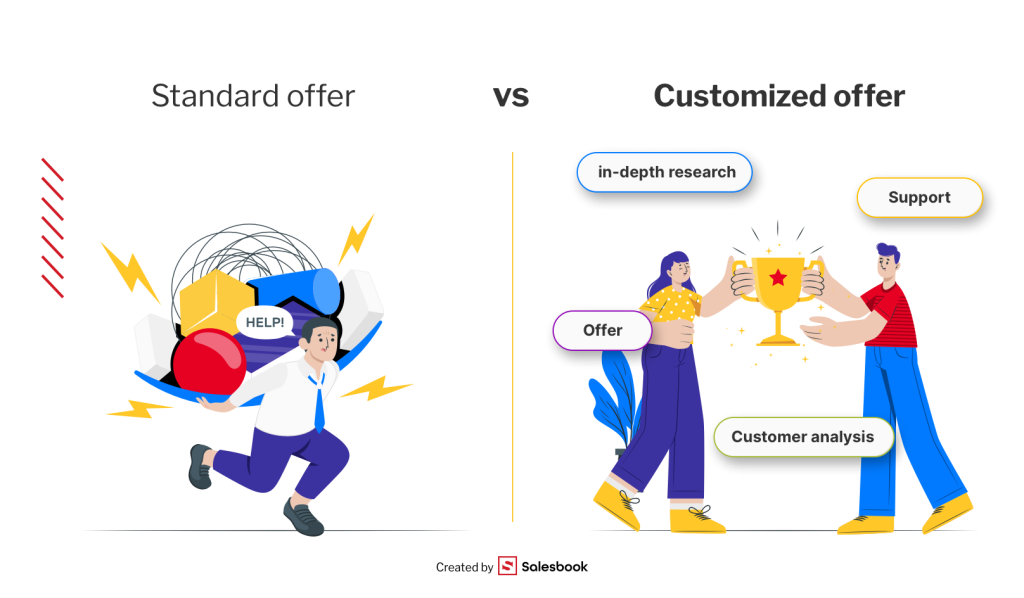
8. Cross-Selling and Up-Selling – How to Increase the Value of Every Sale
You don’t always need new customers to grow your revenue. Cross-Selling and Up-Selling are powerful techniques that allow you to maximize the value of each transaction by offering customers complementary products or upgraded versions of what they’re already buying. The key? Deliver additional value — not a hard sell.
Cross-Selling – “Would you like fries with that?”
Cross-selling involves offering complementary products that enhance the original purchase. If someone buys a CRM, you might suggest an add-on for automated reporting. If they’re getting a website chatbot, offer an integration with their CRM system.
The golden rule: The additional product must logically complement the main purchase and genuinely boost its value.
Up-Selling – “Would you prefer the premium package?”
Up-selling encourages customers to choose a more advanced (and often more expensive) version of a product. This could be a Pro software subscription instead of Basic, a phone with larger storage, or a car lease with a better equipment package.
The rule here is simple: Up-selling works best when the customer clearly sees the added value and benefit of the upgrade.
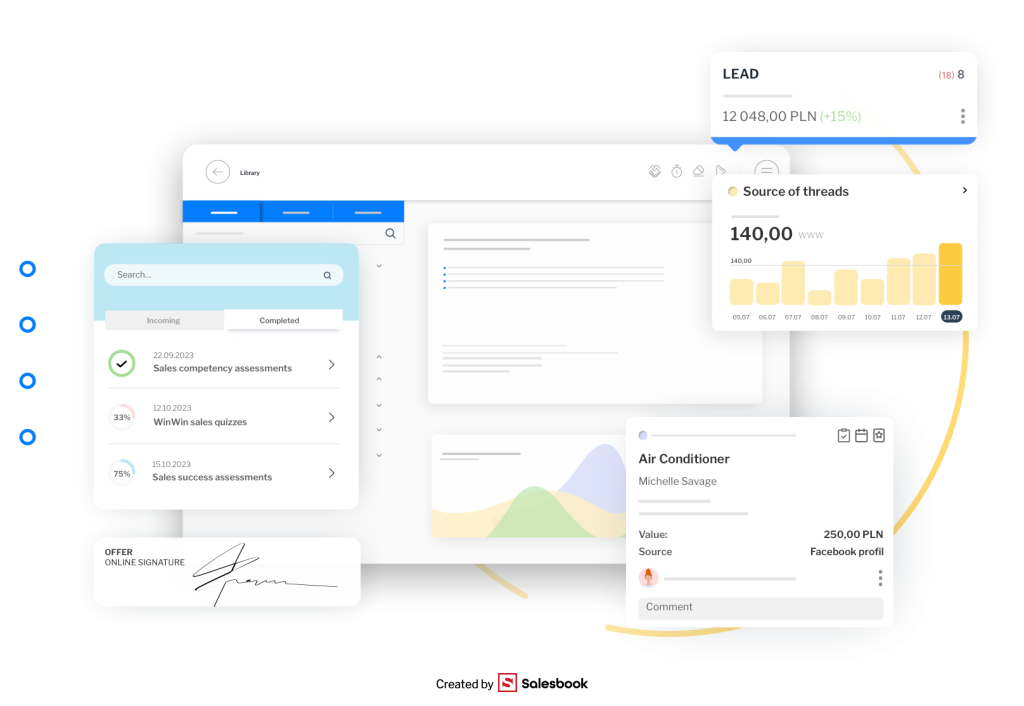
9. Storytelling in Lead Generation and Sales – The Power of Emotion and Narrative
People don’t just buy products — they buy feelings, stories, and values. Storytelling in sales uses engaging narratives to build trust, capture attention, and guide customers toward a purchase. A well-told story can sell more than even the most detailed spec sheet.
How to Captivate Customers Through Stories and Metaphors
A compelling story has far greater impact than a list of features. The essence of effective sales storytelling lies in creating an emotional connection — using real-world scenarios to reflect the customer’s own journey and challenges.
The most powerful stories are the ones where the customer sees themselves. Instead of talking about your product, illustrate how it helped someone in a similar situation. A good story includes a clear problem, a relatable protagonist (the customer), obstacles they faced, and the transformation your product enabled.
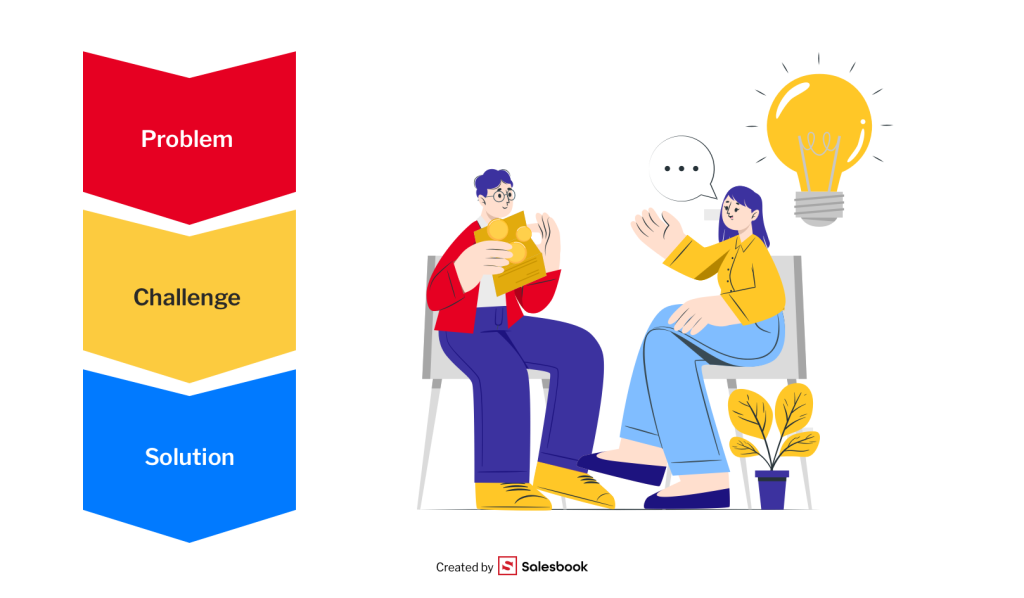
For example, rather than saying:
“Our sales management software automates reporting,”
say this:
“Mark, a sales director at a mid-sized company, used to spend three hours a day compiling reports. After switching to our system, he regained that time to focus on coaching his team — and within six months, their sales grew by 25%.”
That kind of message helps your buyer identify with the situation and see the tangible value.
Metaphors and analogies are another way to make complex ideas more relatable and memorable.
Compare your CRM to “a personal assistant for your sales team — it organizes, reminds, and saves time.”
Or explain analytics by saying: “Marketing without data is like driving with your eyes closed — you’re moving, but you don’t know where you’re going.”
With storytelling and metaphors, your message not only captures attention — it stays with your audience long after the conversation ends.
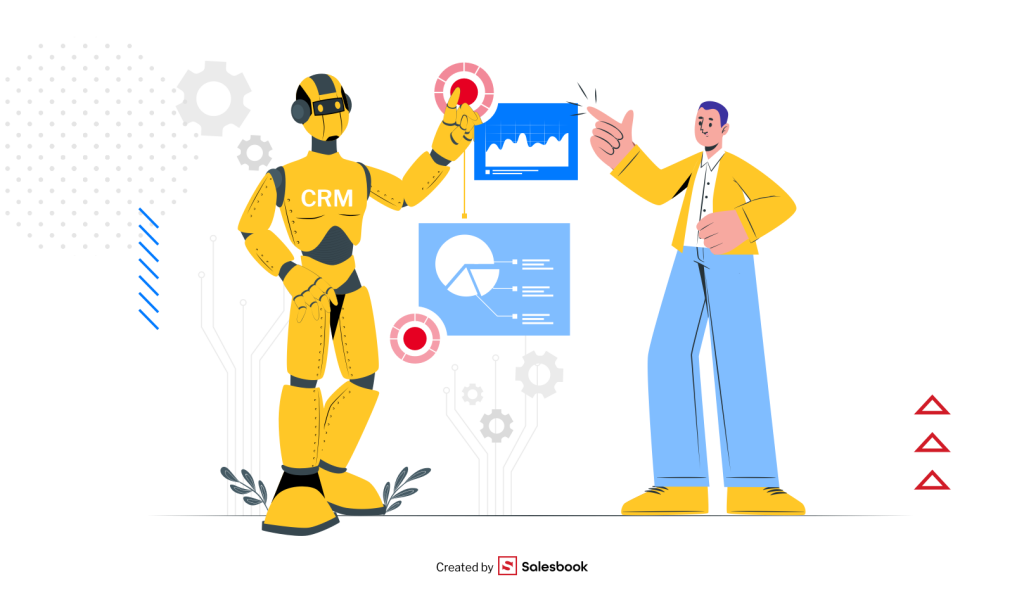
10. Evidence-Based Selling – When Proof Beats Promises
In sales, facts matter more than promises. Evidence-Based Selling is a strategy built on hard data, real-world results, and compelling case studies — all designed to build trust and persuade even the most analytical buyers. In the world of B2B, where every purchase decision is carefully evaluated, proof of performance is not a bonus — it’s a requirement.
In a competitive marketplace, facts speak louder than promises. Evidence-Based Selling is one of the most powerful sales strategies your sales team can use — one that focuses on hard data, real business outcomes, and detailed case studies. It gives your buyers what they really want: proof. Especially in B2B, where every deal is tied to budgets, performance metrics, and accountability, showing clear, measurable results is no longer optional — it’s essential to move buyers through the sales funnel and close deals faster.
This strategy works across the entire sales process — from attracting potential customers to re-engaging existing customers. When you showcase how your solution solved a real problem, reduced costs, or helped another business increase sales, you build instant credibility. This isn’t just theory — it’s proof your company sells results, not just features.
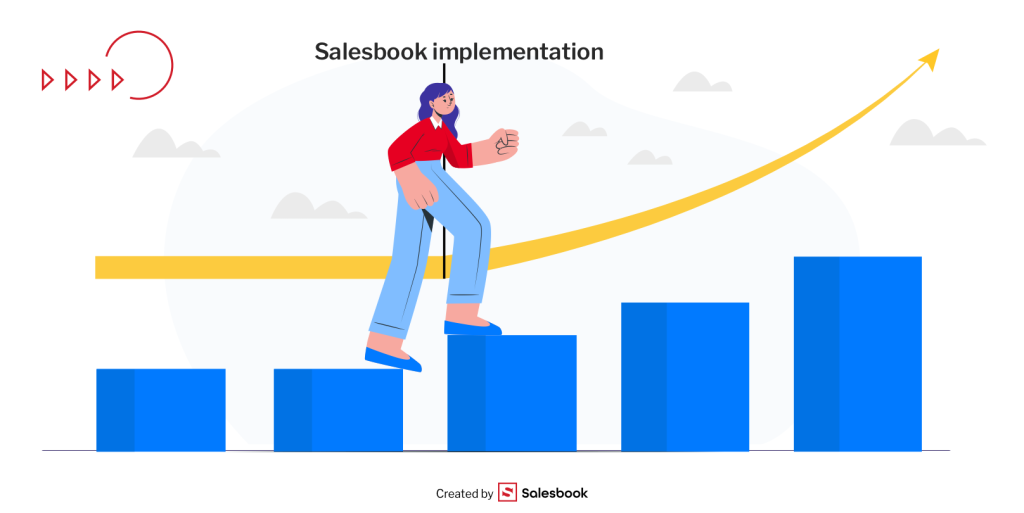
How to Use Case Studies and Data to Win Over Customer Loyalty
Decision-makers don’t sign contracts because of catchy slogans — they want solid proof. That’s why your offer needs to include measurable outcomes that show how your solution has helped similar businesses succeed. Case studies, statistics, and post-implementation results allow potential clients to see the impact for themselves — and imagine what that impact would look like in their own organization.
To be truly persuasive, your data should be:
- Credible – Backed by audit results, reports, or third-party analyses.
- Tailored – CFOs care about cost savings, sales directors look at conversion rates, and CEOs want growth potential. Speak their language.
- Visually compelling – Charts, infographics, and well-structured case studies help make the story both clearer and more engaging.
For example, instead of saying, “Our solution improves sales team efficiency,” say,
“Companies using our platform reduced their sales cycle by 35% and managed to increase sales by 27% in just six months.”
When you anchor your message in evidence, you give both existing customers and new leads a reason to believe — and to buy. Combined with the right sales techniques, this approach not only boosts sales revenue but strengthens your overall sales process, empowering your team to convert with confidence.
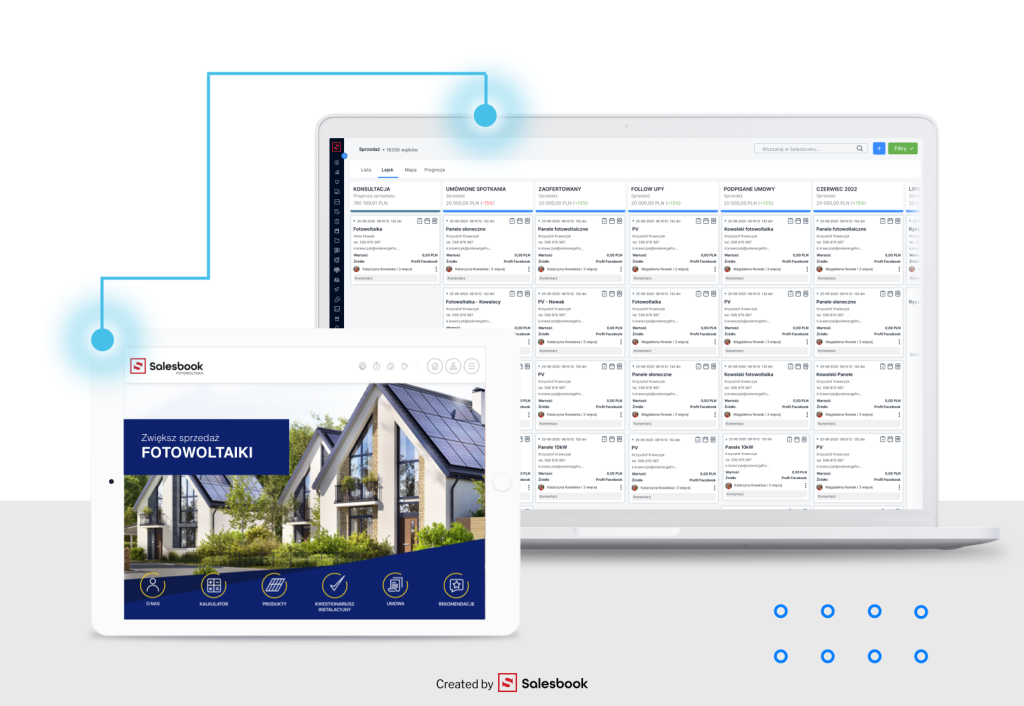
How to Combine Sales Strategies into One High-Performance Model
Even the most effective sales techniques won’t generate lasting results if they’re used in isolation or applied inconsistently. To truly increase sales, you need a structured and repeatable sales process that aligns with your business goals, market conditions, and the way your company sells.
Top-performing sales teams don’t depend on a one-size-fits-all approach. Instead, they build integrated systems that combine multiple strategies into a unified model. One that guides both potential customers and existing customers through the sales funnel, shortens the sales cycle, and ultimately helps encourage customers to take action and increase sales at every stage.
Here’s how to put it all together:
- Lay the groundwork with SPIN Selling and Value-Based Selling – These help you understand your customers and present your offer in a way that clearly communicates its business value.
- Add Social Selling and Inbound Selling – Use social media and content marketing to attract and engage customers organically.
- Use Account-Based Selling for your most valuable clients – If you’re selling high-ticket B2B solutions, go all-in on hyper-personalization.
- Support your message with Evidence-Based Selling – Reinforce your pitch with real results, case studies, and measurable outcomes to win over skeptical buyers.
- Boost transaction value with Cross-Selling and Up-Selling – Don’t stop at the first sale. Offer complementary products and premium upgrades that solve even more of the customer’s problems.
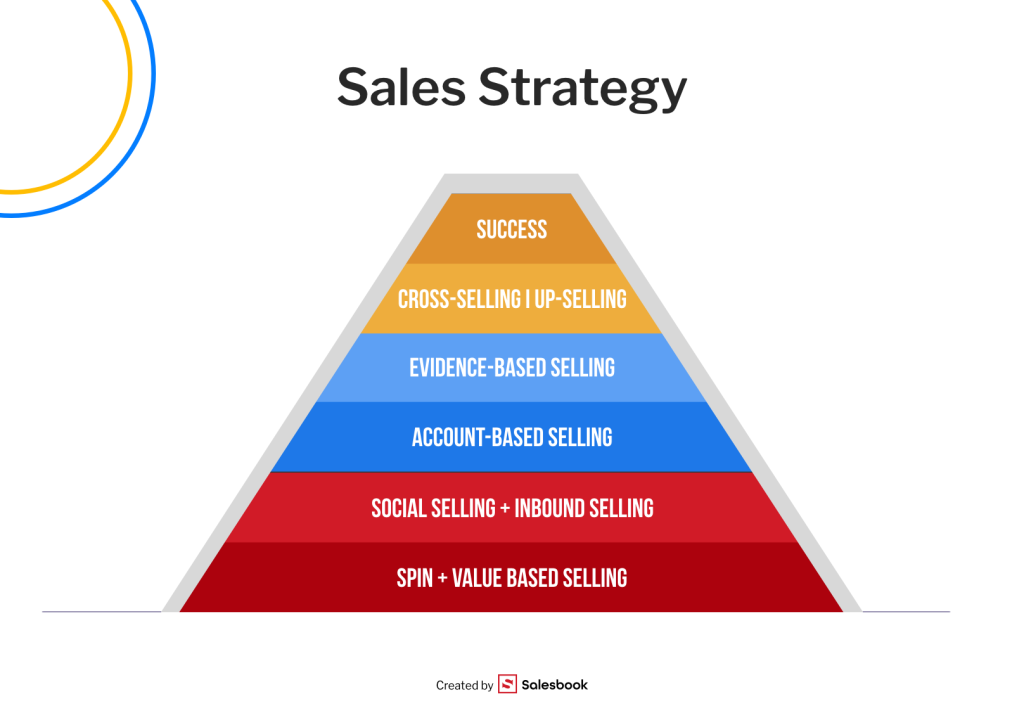
Ready to put these strategies into action and generate more sales?
Salesbook gives you everything you need in terms of boosting sales process. From managing leads and tracking performance to empowering your team with data-driven insights and proven sales tactics. It’s not just about closing deals. It’s about delivering a better customer experience, building trust, and turning current customers into loyal customers who come back again and again.
With Salesbook, you can easily identify patterns from past purchases, personalize your outreach, and use effective selling techniques to drive repeat business and improve customer retention. Whether you’re looking for practical sales tips or a platform to support a completely different way of selling, Salesbook is designed to help you grow —smarter, faster, and with a clear focus on results.
Click here to see how it works and start building stronger relationships that lead to more sales.
Table of Contents




